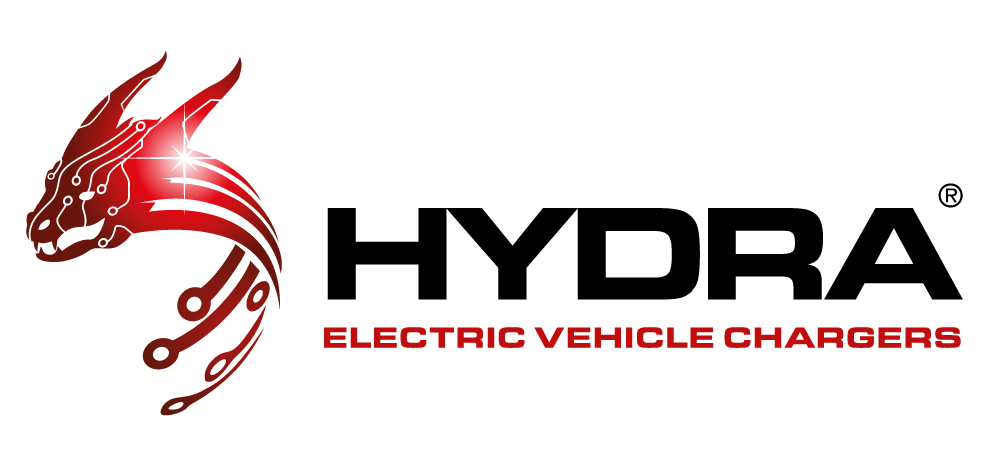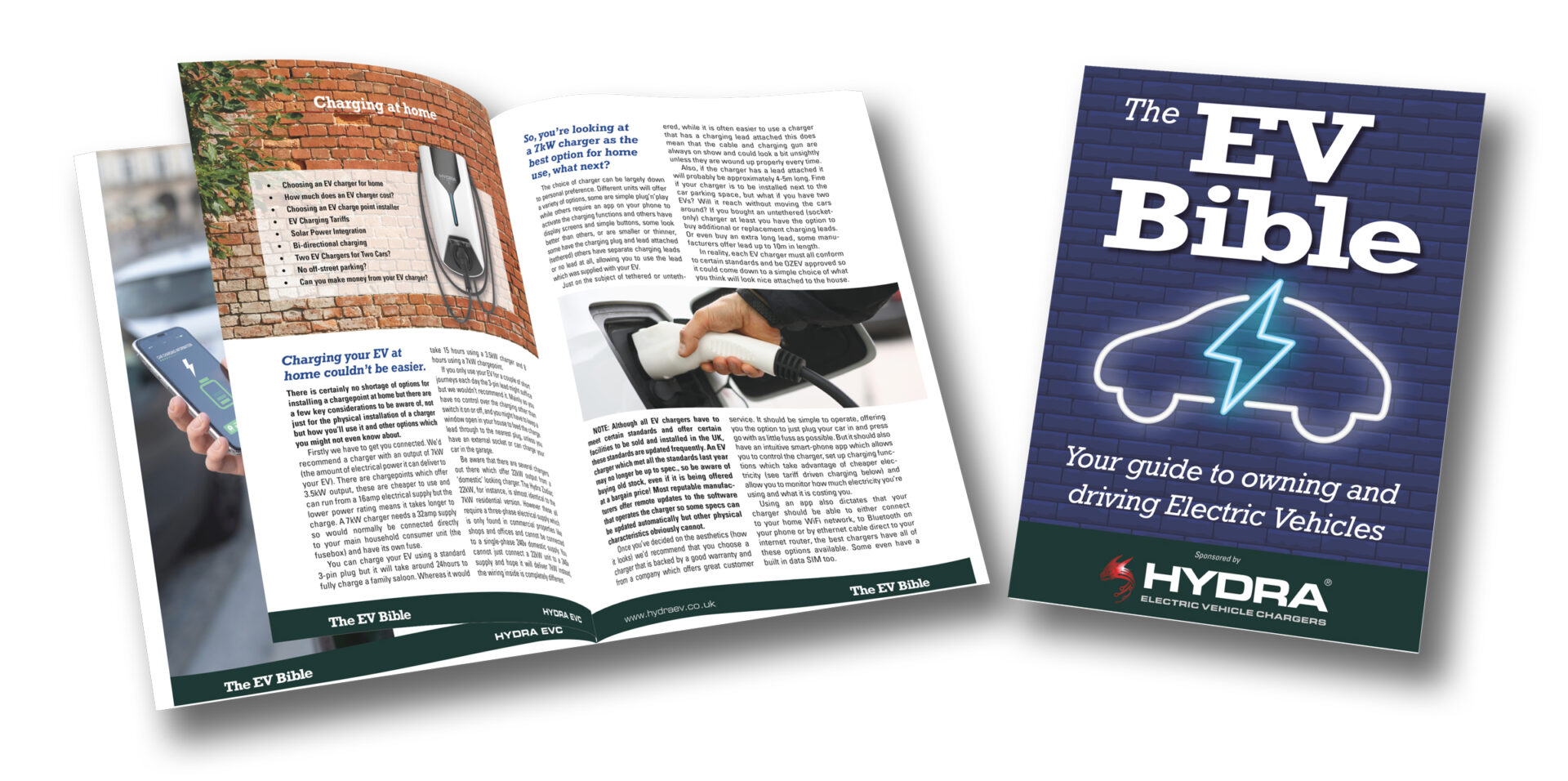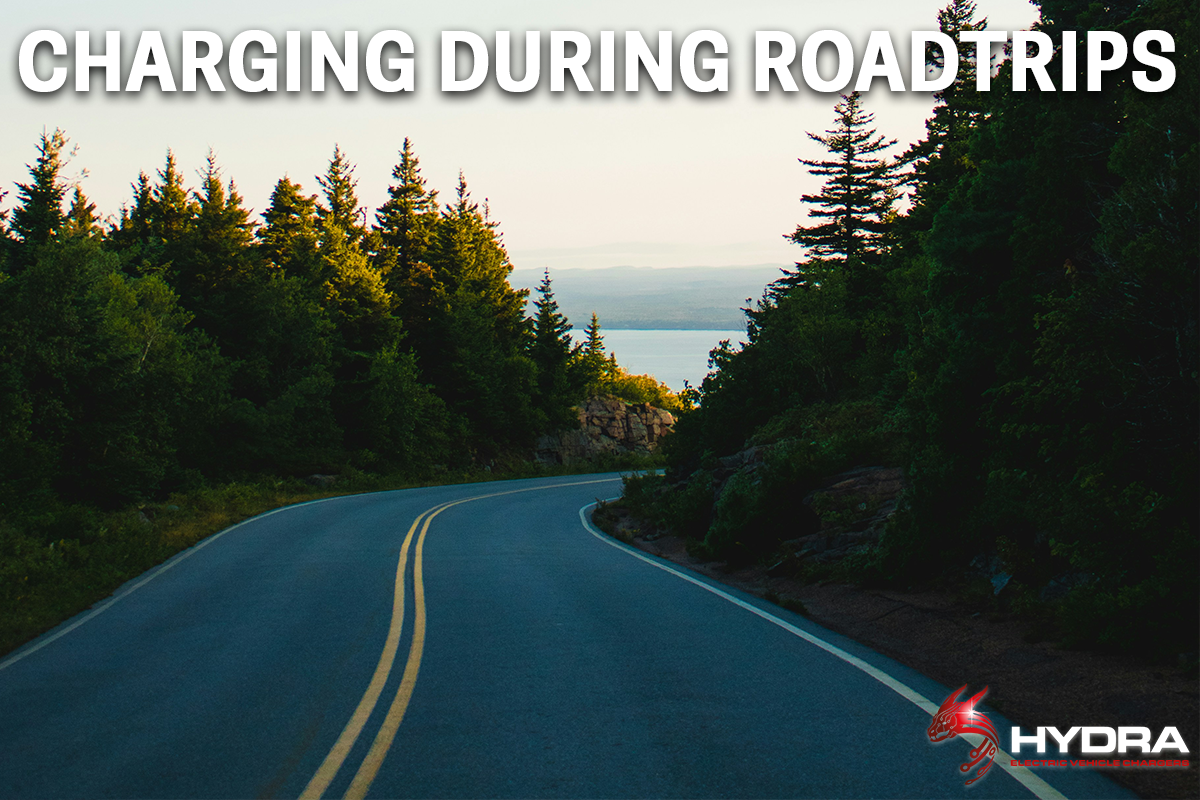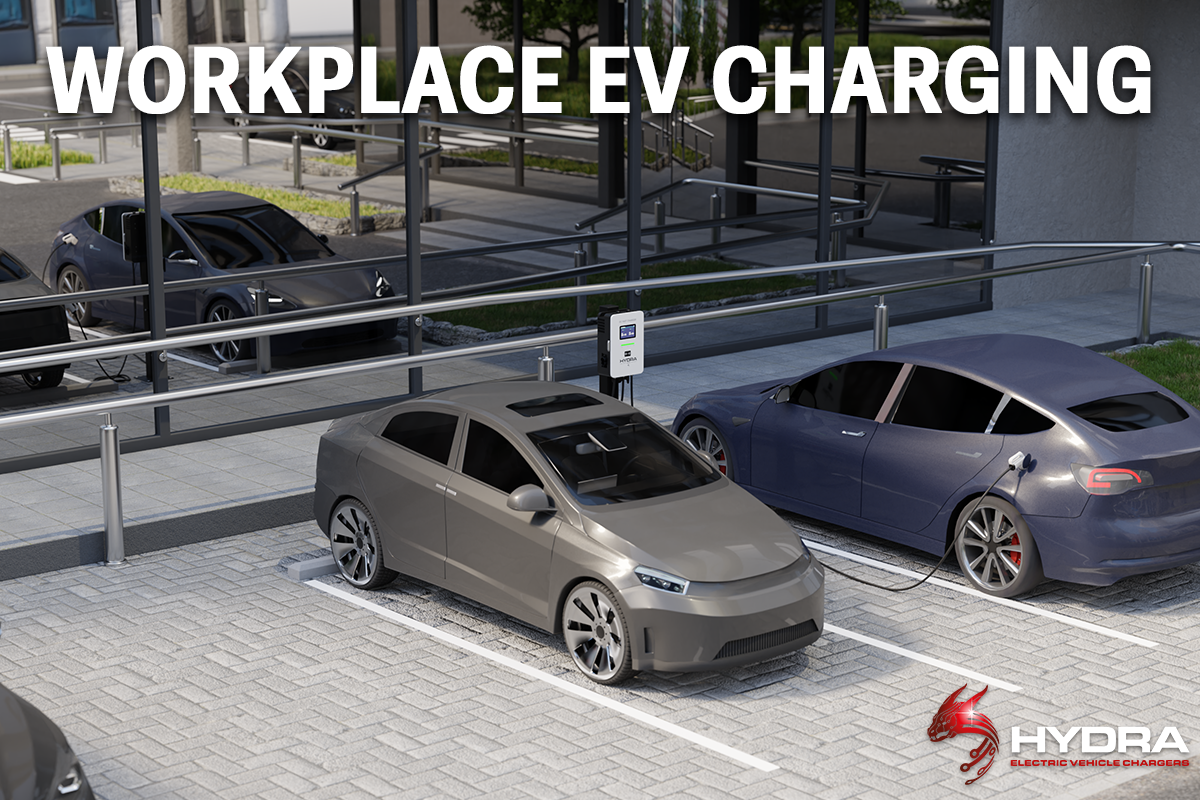Charging an EV abroad is really no different to any other car but there are some additional considerations to be aware of.
Firstly you should make yourself aware of the driving regulations for whichever country you’re travelling to or through. Each has different laws and requirements about what should be carried in the car. Things like Hi-Vis vests, spare bulbs, first aid kit etc are all good things to have but whereas it is only advisory to carry these in the UK it is mandatory in some EU countries.
The RAC has good general advice on its website, including local requirements: https://www.rac.co.uk/drive/travel/driving-in-europe/checklist/
As most EVs are still considerably more expensive than their petrol equivalents the finance method used to buy them may also affect your travel arrangements. If you lease the vehicle, for instance, the leasing company is the registered keeper and you should get permission from them to travel abroad.
This is particularly important if you have acquired your EV through a Salary Sacrifice Scheme which are used by companies for their employees to own a new EV. These have become very popular in recent years as an alternative to company cars, but they are still leased vehicles so there’s a bit of extra admin to do before boarding the ferry.
You will need a Vehicle on Hire Certificate (VE103) and a letter of authority from your lease company. This also applies to hire cars, always check with the hiring company about their restrictions and levels of cover.
You will also need to check your insurance policy, you might be covered automatically for up to 90 days travel outside the UK but it might only be on a third-party basis.
Similarly, for European Breakdown many recovery companies may have limits on the cost of recovering the vehicle back to the UK in the event that it cannot be repaired – finding a fault with the EV motor, battery or charging system will mean the choices for getting your EV repaired will be more limited. If the recovery company deems it too expensive to recover back to the UK in the event of no repair, they might just leave you stranded – always check the small print.
That’s all the warnings out of the way, if you still want to travel abroad there’s nothing else to stop you.
Charging networks.
We get used to looking out for certain chargepoint locations, logos and branding for the well known UK chargepoint operators. When you travel abroad very few of these will be instantly recognisable, although Shell and Ionity do operate across the EU.
It is estimated that there are over 250,000 Fast chargepoints in Europe and around 50,000 rapid chargers. Their location will be similar to the spread in the UK, more in urban areas and major transport links, fewer in out of the way towns.
The larger companies to look for are IZIVIA (part of EDF) which operates over 100,000 charging locations. The company allows the purchase of a pass which can be used across the whole network. ALLEGO, IONITY and FRESHMILE are other networks to look for.
PLUGSURFING operates an App with a subscription which allows access to chargepoints across Europe operated by Allego, EnBW, Eon, Innogy, IONITY and Vattenfall. Other services worth considering – all of which are free to join – are ELECTRIC JUICE, SHELL and BONNET.
And don’t forget the supermarkets like LIDL, you’ll find one in every town and a huge number of them have EV chargepoints.
Overnight Stay
If you need to charge your EV overnight then luckily the booking services such as AirBnB, Hotels.com, Booking.com and Expedia.com all allow you to filter accommodation to view only those destinations with EV charging facilities.







